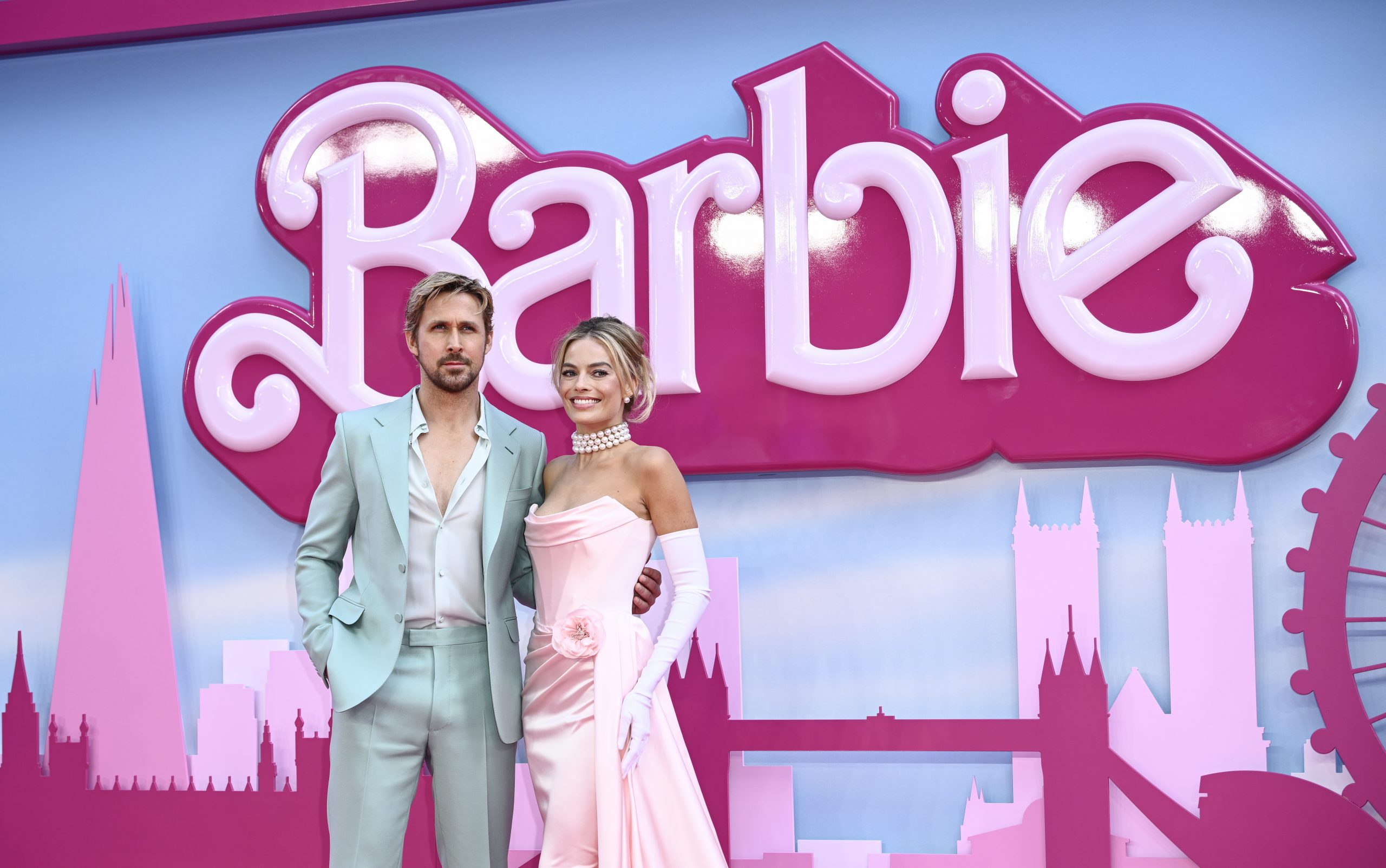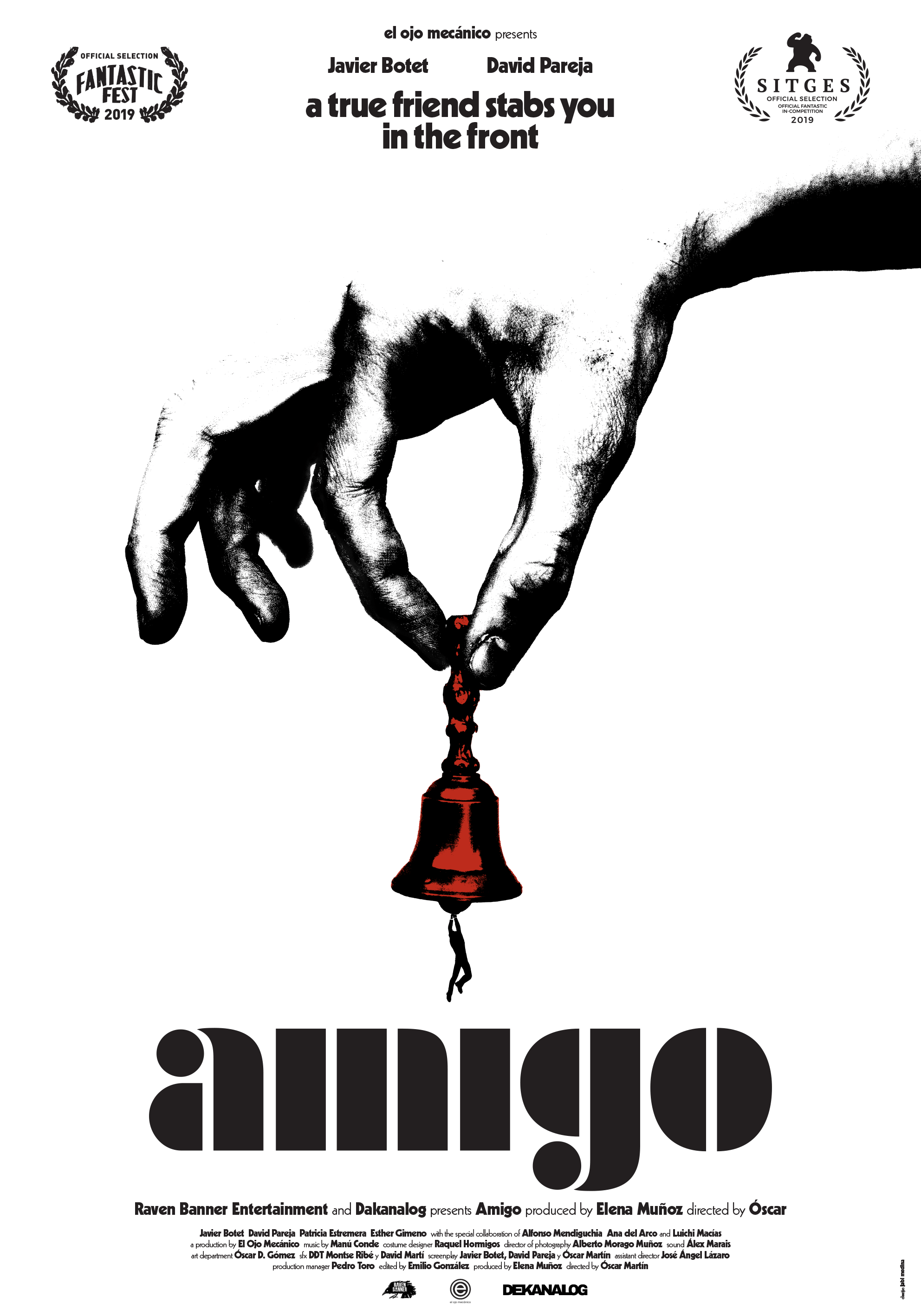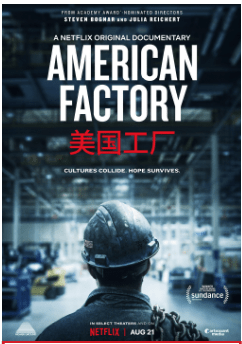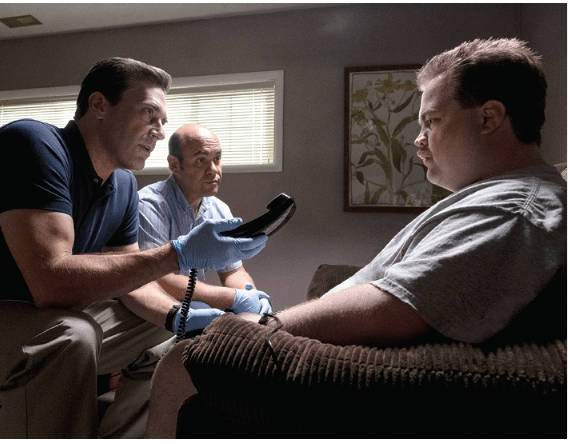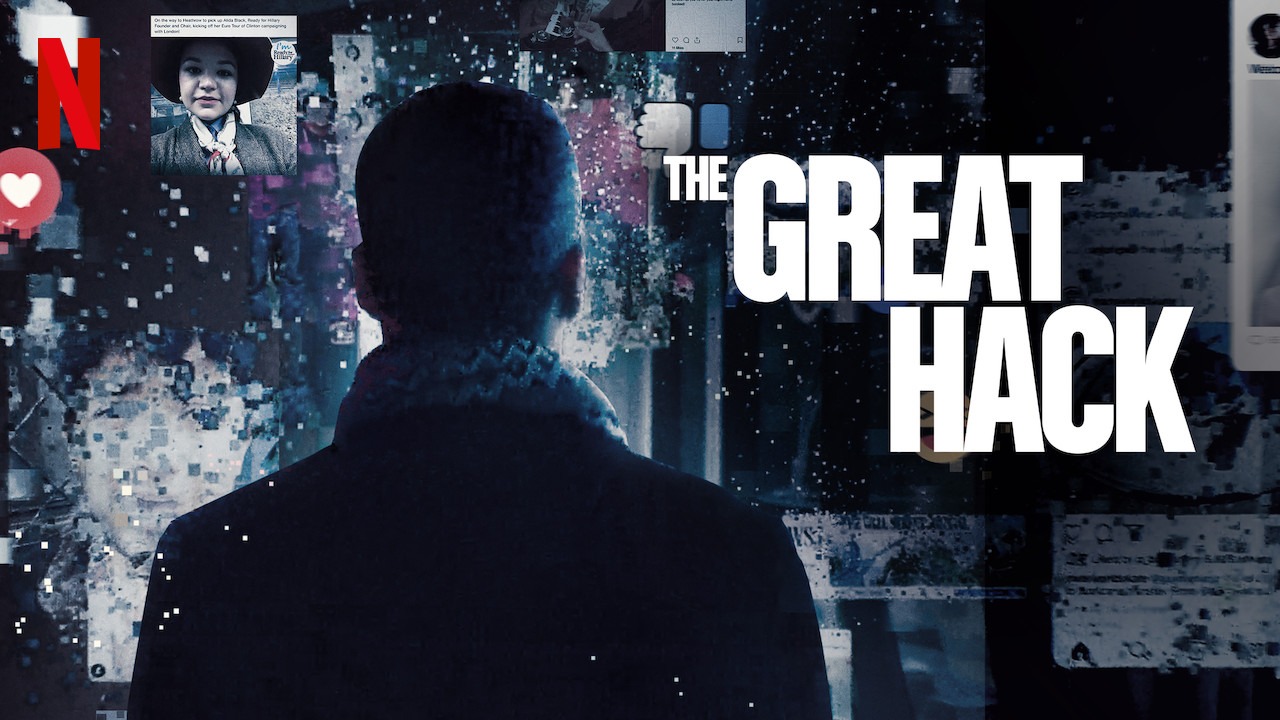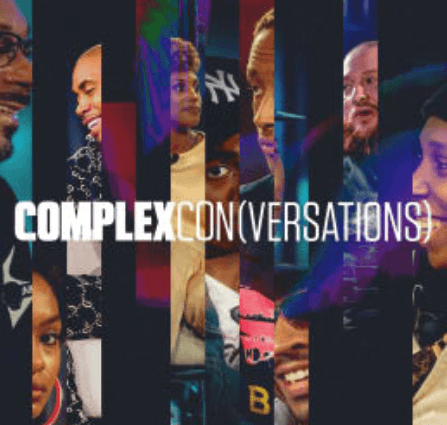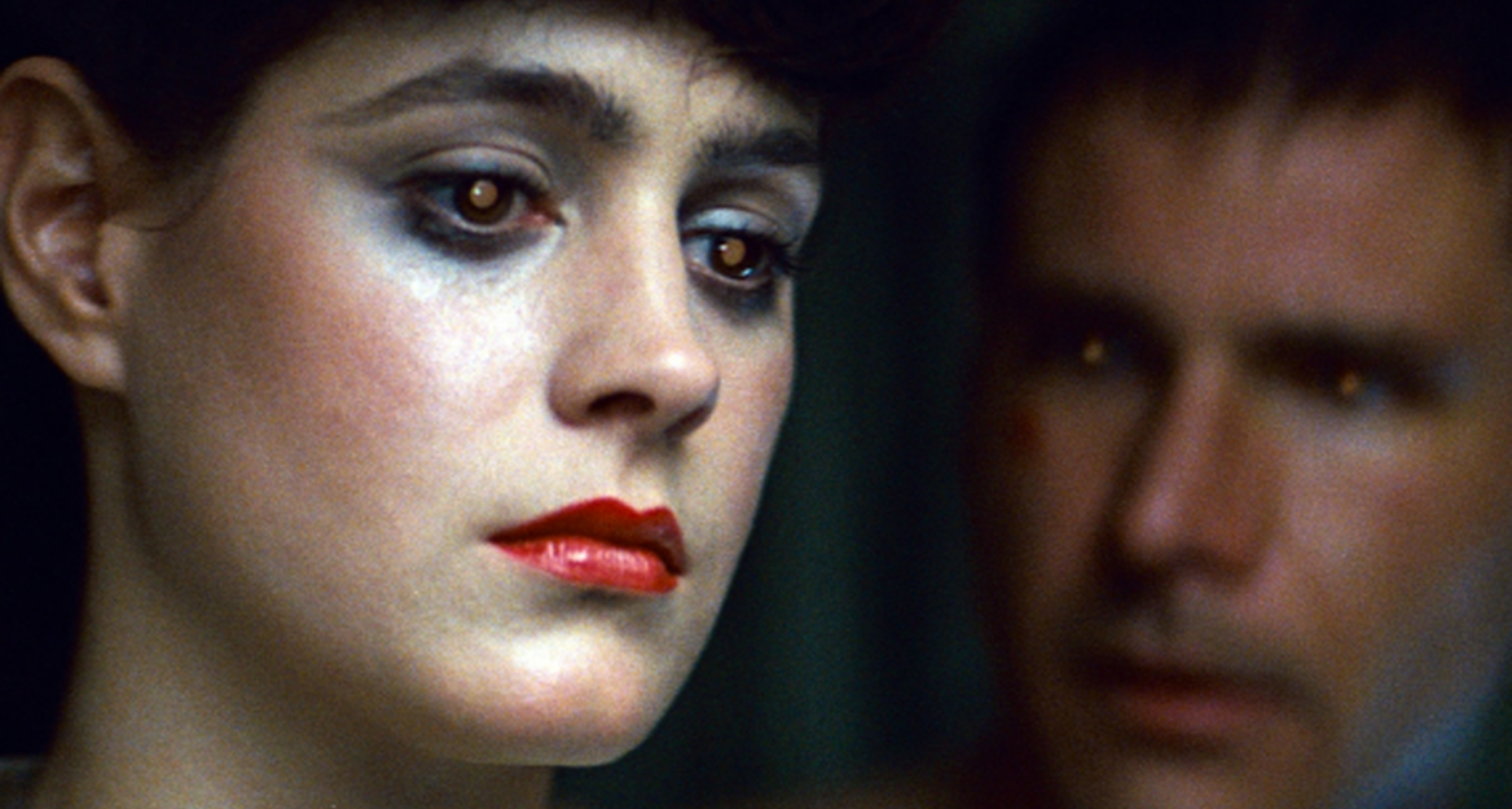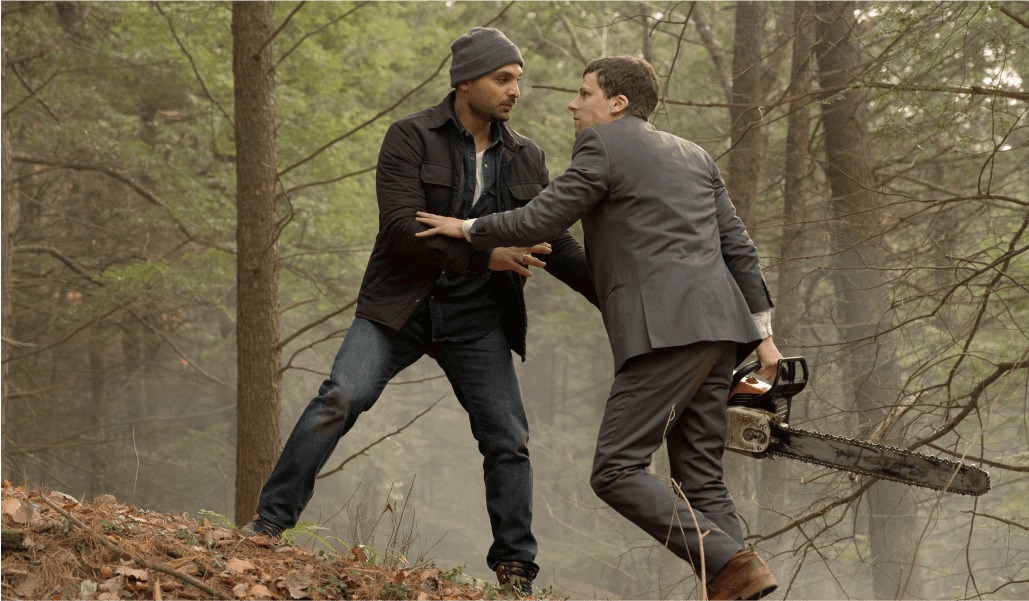Black Monday
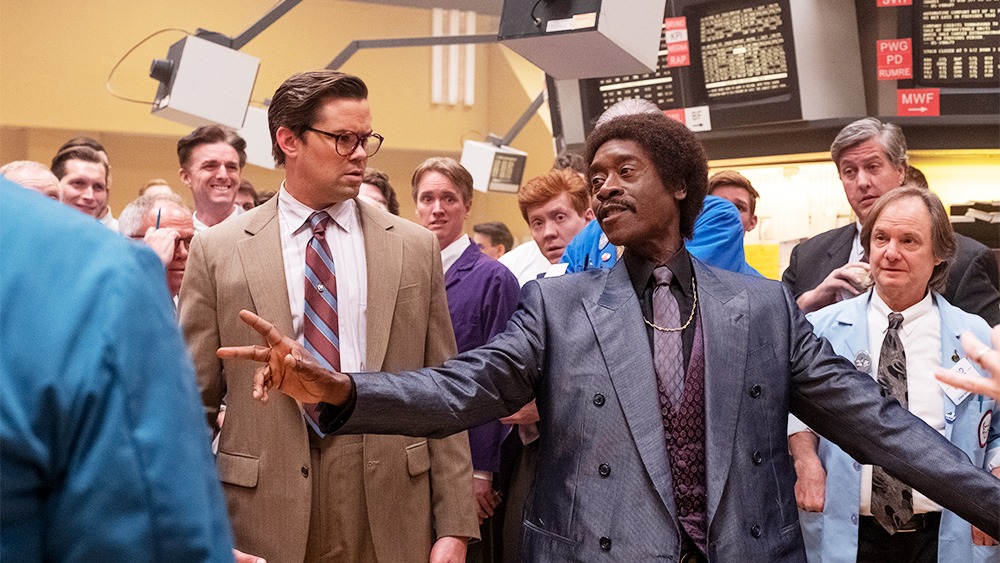

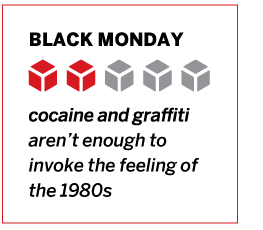
Imagine a TV comedy series that begins with a man in a business suit sitting on the curb crying. On the sidewalk behind him, black-clad punksters spray graffiti on an ornate stone pillar. Stray pieces of paper flutter across the deserted urban landscape. Funny?
But wait. Things seem to be improving as an impossible-looking red Lamborghini stretch limo comes screeching to the curb. It looks cool. Then, just as the viewer relaxes a bit, a body plummets from a skyscraper and crushes the Lambo’s roof. Funny yet?
Well, it’s supposed to be. Those are the opening moments of Episode 1 of the Showtime series Black Monday, which premiered in January and has been renewed for another 10 episodes. From those very first scenes, it’s readily apparent that basing a comedy on the stock market crash of 1987 isn’t easy.
A lots of viewers just don’t see the humor in people being stripped of their wealth. Shows like Jackass aside, only a small portion of the cable TV audience truly enjoys laughing at the misfortune of others. What’s more, it’s difficult for the show’s creative types, who were children in the ‘80s, to portray the feel of the era convincingly.
Admittedly, the series looks good. It’s filled with period-correct cars, lapels, neckties, afros and mohawks. The customized jeans jackets, beefy women’s shoulder pads, shoebox-sized “mobile” phones and grafitti-laden subway cars all seem perfect for the times.
But the writers coat the dialogue with a layer of period references that’s much too thick. Who would have bragged to a stranger about smoking crack with D.C. Mayor Marion Barry? Some scenes strain credulity. Would the action really stop on the floor of the New York Stock Exchange so traders could listen to a trader’s humorless rant?
As with so many television comedies, the milieu doesn’t matter. The world of finance simply provides a background for an endless parade of gags. Investors would do well to skip this one. Instead, why not watch The Big Short again on Netflix or Amazon? — Ed McKinley
